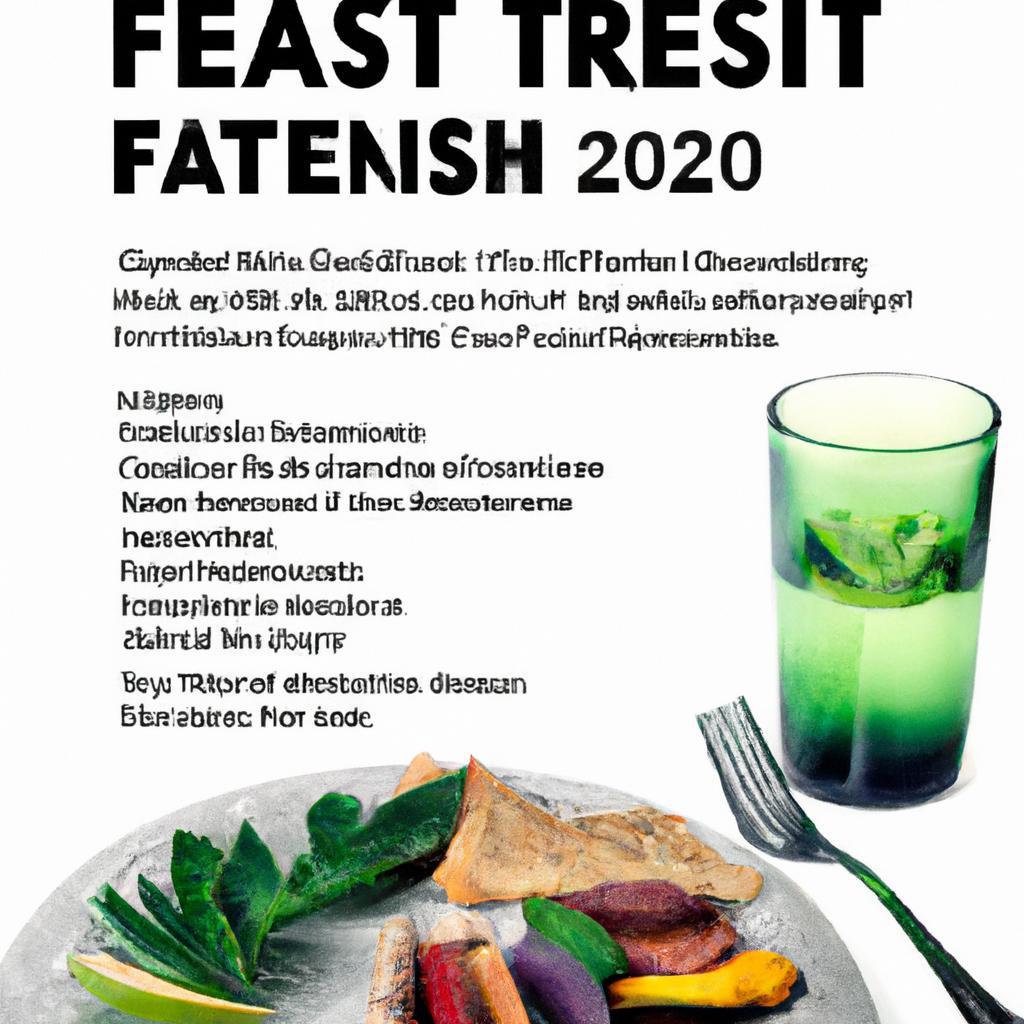
What is the Fasting Diet?
The fasting diet, also known as intermittent fasting, is a popular dieting trend that involves cycling between periods of fasting and eating. This eating pattern has gained popularity for its potential health benefits and weight loss effects.
How Does it Work?
There are several different methods of fasting, but the most common approach is the 16/8 method. This involves fasting for 16 hours each day and restricting your eating to an 8-hour window. During the fasting period, you are allowed to consume water, tea, and black coffee. The idea behind this eating pattern is to give your body a break from digesting food and allow it to tap into stored fat for energy.
Benefits of the Fasting Diet
- Weight loss: Fasting can help reduce calorie intake and promote weight loss.
- Improved metabolic health: Fasting has been shown to improve insulin sensitivity and regulate blood sugar levels.
- Longevity: Some studies suggest that fasting may promote longevity and protect against age-related diseases.
- Brain health: Fasting has been linked to improved brain function and cognitive performance.
- Convenience: Fasting can simplify meal planning and save time spent on cooking and eating.
Considerations Before Trying the Fasting Diet
Before starting the fasting diet, it’s important to consult with a healthcare professional, especially if you have underlying health conditions or are pregnant or breastfeeding. Fasting may not be suitable for everyone and could potentially have negative effects if not done properly.
Types of Fasting Diets
There are several different types of fasting diets, each with their own unique approach. Some common types include:
- Alternate-day fasting: This involves alternating between days of regular eating and days of fasting or significantly reducing calorie intake.
- 5:2 diet: This involves eating normally for five days of the week and restricting calorie intake to 500-600 calories on the other two days.
- Warrior diet: This involves eating one large meal at night and fasting for the majority of the day.
Potential Risks of the Fasting Diet
While the fasting diet can offer several health benefits, there are also potential risks to be aware of:
- Increased hunger: Some people may experience increased hunger and cravings during fasting periods.
- Nutrient deficiencies: Fasting can make it challenging to meet your daily nutrient needs, so it’s important to eat nutrient-dense foods during eating windows.
- Disordered eating: Fasting may lead to unhealthy eating habits or disordered eating patterns in some individuals.
- Decreased athletic performance: Fasting may impact athletic performance and recovery for some individuals.
Conclusion
The fasting diet is a popular eating pattern that may offer several health benefits, including weight loss, improved metabolic health, and longevity. However, it’s important to be aware of the potential risks and considerations before trying this diet. Consulting with a healthcare professional is recommended to ensure that the fasting diet is safe and suitable for you.






